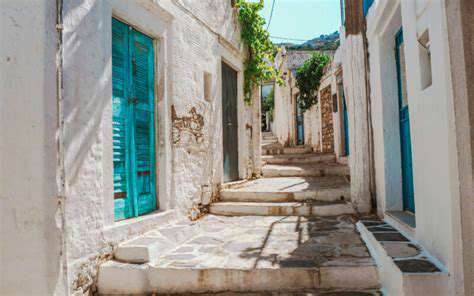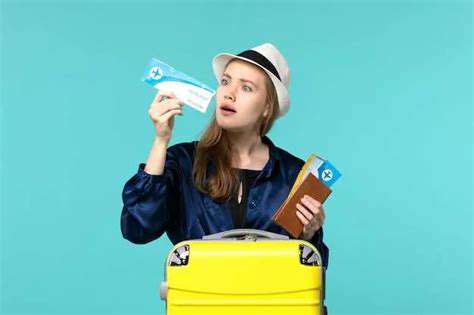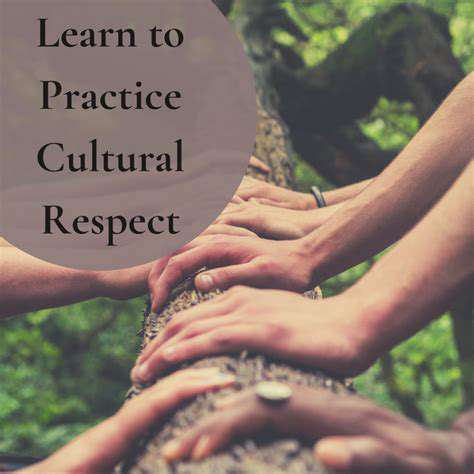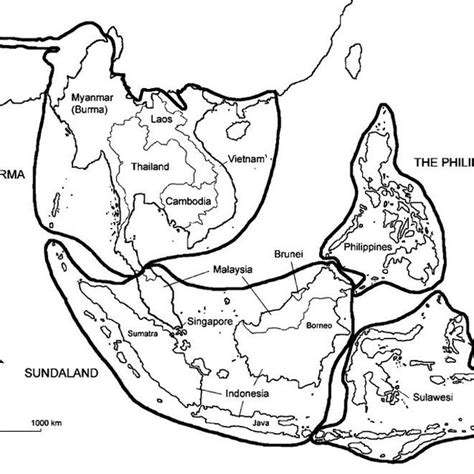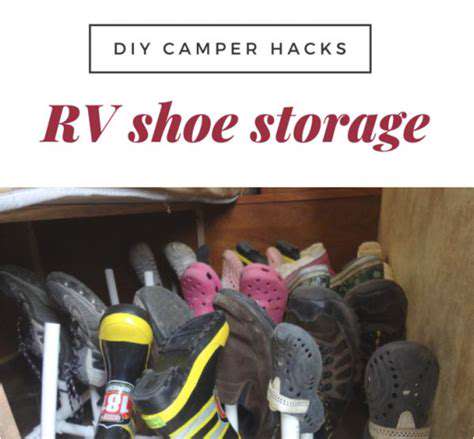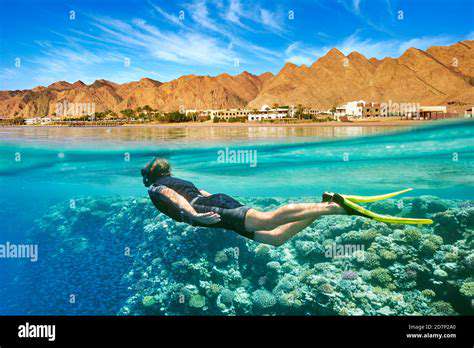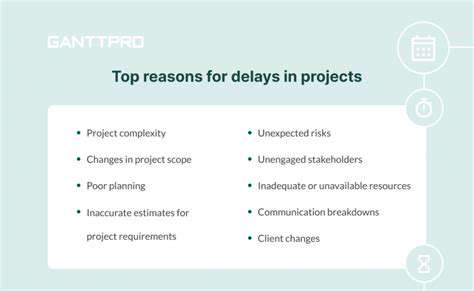How to Apply for an Artist Visa
For creative professionals seeking international opportunities, artist visas serve as specialized pathways to perform, exhibit, or teach abroad. Unlike standard travel documents, these visas demand proof of artistic excellence and a clear purpose for cultural engagement. These unique immigration tools not only benefit individual creators but also enrich host nations through meaningful cultural exchange. The application process requires careful attention to detail, as each country maintains distinct requirements for artistic visitors.
Types of Artist Visas: Categorization and Differences
Countries typically offer three primary categories for creative professionals: performance, exhibition, and instructional visas. Performance visas cater to live entertainers - musicians requiring setlists from past shows, dancers submitting video reels, or actors providing performance contracts. Visual creators pursue exhibition visas, necessitating curated portfolios that demonstrate their unique artistic voice and professional trajectory. Teaching visas represent the most rigorous category, often mandating academic credentials alongside evidence of teaching experience in the arts.
Essential Requirements for Artist Visa Applications
Successful applications hinge on three pillars: artistic proof, professional history, and financial preparedness. Creatives must compile comprehensive documentation including: high-resolution portfolios, performance recordings, teaching evaluations, or exhibition catalogs. Third-party validation proves particularly persuasive - press coverage, gallery representation contracts, or letters from cultural institutions carry significant weight. Additionally, applicants must demonstrate adequate funds through bank statements, sponsorship letters, or detailed budgets covering their proposed stay.
The Application Process: Step-by-Step Guide
Navigating visa procedures requires methodical preparation across four key phases: research, documentation, submission, and follow-up. Begin by thoroughly reviewing the destination country's consular website, noting specific forms, fees, and processing times. Create a master checklist including notarized documents, passport photos, and application fees. Many jurisdictions require in-person appointments for biometric data collection, while others permit mail submissions. Maintain organized copies of all materials and establish a tracking system for application status updates.
Visa Duration and Extensions: Understanding the Timeframe
Initial artist visas typically grant stays between three months to one year, depending on the host country's regulations and the nature of the artistic project. Extension procedures vary significantly - some nations permit online renewals with updated materials, while others require full reapplication. Key considerations include maintaining visa compliance (avoiding unauthorized work), documenting ongoing artistic activities, and proving continued financial stability. Early preparation for extensions (ideally 60-90 days before expiration) prevents gaps in legal status.
Financial Considerations: Supporting Artistic Pursuits
Immigration officials scrutinize financial documentation to ensure applicants won't require public assistance. Required evidence typically spans: six months of personal bank statements, signed contracts with host organizations, or formal sponsorship agreements. Self-funded artists should prepare detailed budgets accounting for housing, transportation, materials, and living expenses. Some countries mandate minimum balance requirements or proof of health insurance coverage as additional safeguards.
Cultural Considerations: Navigating the Host Country
Beyond bureaucratic requirements, successful cultural immersion demands thoughtful preparation. Research local artistic communities through professional networks or expatriate organizations before departure. Understanding regional artistic sensibilities can inform project proposals and collaborative opportunities. Language preparation, even at basic levels, demonstrates respect for host cultures. Many artists find value in connecting with local arts councils or international artist residency programs for orientation support.
Crafting a Compelling Artist Visa Application
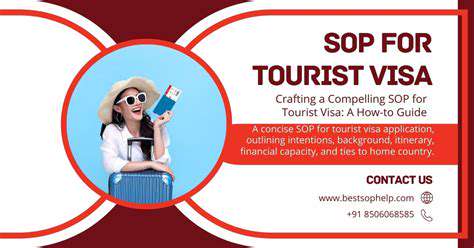
Visa Application Preparation
Transform your application from bureaucratic paperwork to a compelling professional narrative. Start by analyzing successful case studies from artists in your discipline who obtained similar visas. Structure your materials to tell a cohesive story - your artistic evolution, current practice, and how the proposed international work advances your career. Create a master timeline aligning your preparation steps with consulate processing periods, building in buffers for unexpected delays.
Develop supplemental materials that showcase your professional standing: letters of recommendation from arts professionals, invitations from host country institutions, or evidence of past international collaborations. These elements collectively demonstrate your serious intent and capacity to contribute meaningfully to the host country's cultural landscape. Consider creating a professional website or digital portfolio that consolidates these materials for easy reference.
Demonstrating Artistic Merit
Curate your portfolio with immigration reviewers in mind - highlight works that demonstrate technical proficiency while also conveying your unique artistic perspective. Include contextual materials that help evaluators understand your work's significance: exhibition brochures, performance programs, or critical reviews. For collaborative artists, clearly delineate your specific contributions to group projects through annotated credits or director's statements.
Document your creative process through studio photographs, rehearsal footage, or work-in-progress images. These materials provide tangible evidence of your active artistic practice. Supplement with quantitative metrics when available: audience numbers for performances, sales figures for exhibitions, or circulation statistics for published works. This data reinforces the professional impact of your creative output.
Supporting Documents and Evidence
Organize your paperwork with meticulous attention to consular requirements. Create color-coded sections for easy navigation: personal identification, artistic proof, financial documents, and host country correspondence. Invest in professional translation services for any materials not in the host country's primary language, ensuring cultural nuances are accurately preserved.
Develop a comprehensive cover letter that serves as a roadmap to your application, cross-referencing supporting documents. Include a table of contents with page numbers for quick reference. For digital submissions, create bookmarked PDFs with hyperlinked sections. These organizational strategies demonstrate your professionalism and respect for the evaluator's time.
Understanding the Visa Application Timeline and Fees
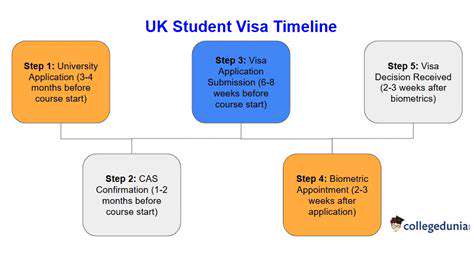
Understanding the Visa Application Process
Visa procedures constitute complex bureaucratic ecosystems with multiple interdependent components. Develop a personalized timeline accounting for document procurement (2-4 weeks), application preparation (1-2 weeks), consular processing (4-12 weeks), and potential administrative delays. Register for appointment systems immediately, as some consulates experience significant backlogs. Track your progress using project management tools or customized checklists.
Gathering Necessary Documents
Approach document collection as a forensic process - verify every detail matches across all materials. Pay particular attention to date formats, name spellings, and numerical consistency between financial documents. Create certified copies of irreplaceable originals, and consider using a document scanning app to maintain digital backups. For artists with common names, include supplementary identification like professional association memberships or ISBN numbers from published works.
Completing the Application Forms
Treat form completion as an exacting professional task. Use black ink for handwritten sections and type whenever possible. Prepare draft versions to perfect your responses before final submission. For electronic forms, save incrementally numbered versions to track revisions. Pay special attention to questions about prior international travel - inconsistencies with passport stamps raise red flags. When in doubt, consult with an immigration specialist rather than guessing.
Understanding Visa Types
Visa categories often contain subtle but important distinctions. Performance visas may separate into subcategories for commercial engagements versus cultural exchange programs. Teaching visas frequently require additional accreditation reviews by host country educational authorities. Some nations offer special visas for artists participating in government-sponsored cultural initiatives. Research these nuances through official channels rather than relying on anecdotal information from fellow artists.
Interview Preparation (if applicable)
Consular interviews demand both substantive preparation and presentational polish. Rehearse explaining your artistic practice in clear, accessible language avoiding excessive jargon. Prepare to discuss how your international work benefits both your career and the host country's cultural community. Dress professionally while maintaining an authentic artistic presentation. Bring physical copies of key documents despite having submitted them electronically, as systems sometimes experience technical issues.
Payment and Submission Procedures
Financial transactions in visa processes require special attention. Verify accepted payment methods - some consulates only take money orders or bank drafts rather than personal checks or credit cards. Note that fees often comprise multiple components (application, processing, issuance) with different payment timelines. Keep dated receipts for all transactions, and confirm that payment amounts match current fee schedules, as these change periodically without notice.
